Legends of Runeterra: Regions explained
Here's everything you need to know about Regions.
Our Legends of Runeterra Regions guide explains how each region in the game works, including Demacia, Frelkjord, Ionia, Noxus, Piltover and Zaun, and Shadow Isles.
If you’re looking for a rundown of the best decks Legends of Runeterra has to offer, check out our Legends of Runeterra Best Decks page!
In Legends of Runeterra you’ll play cards from six different regions: Demacia, Freljord, Ionia, Noxus, Piltover and Zaun, and the Shadow Isles. You can build a deck of 40 cards using a maximum of two regions, which means there’s great potential for many exciting combinations.
Each region is home to different types of cards which cater to all sorts of playstyles. If you’re into empowering your allies, Demacia will suit you, but if you’re into more crowd control, Freljord is a better choice.
Below we’ll explain how each of the regions play and give some card examples too. Stay tuned for updates as the game evolves.
Do be sure to have a glance at our Legends of Runeterra guide hub for all the information you could possibly need on Riot’s upcoming CCG.
Regions
Demacia
Demacia’s playstyle is all about getting allies on the board and buffing them. They’re similar to the Paladin in Hearthstone, in that you’ll gradually build armies of units which will only get stronger the longer they hang around.
It’s a region which is home to the likes of blanket buffs, barriers, and summoning allies. Essentially, you’ll regularly force your opponent into fights to clear your board, but they likely won’t want to take them in the first place.
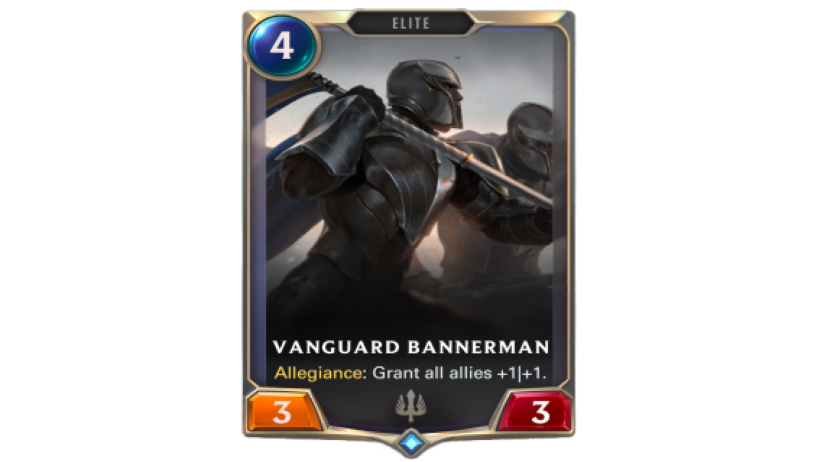
Here’s a few examples of different Demacia cards, each showcasing how they focus on buffing one another:
- Vanguard Bannerman – 4 mana, 3/3, Allegiance: Grant all allies +1|+1.
- Brightsteel Protector – 2 mana, 3/2, Play: Give an ally Barrier.
- Mobilize – 2 mana, Burst: Reduce the cost of allies in hand by 1.

Again, they’ve got abilities which mean they earn buffs when ally units are defeated, or they can block entire attacks for allies too. The likes of Fiora can even outright win the game for you if they manage to kill four enemies and survive. Let them hang around, and well, you’ll pay the price.
Freljord
Freljord utilises the Frostbite crowd control mechanic, as well as mana ramp spells to shutdown powerful enemies and get ahead of the competition.
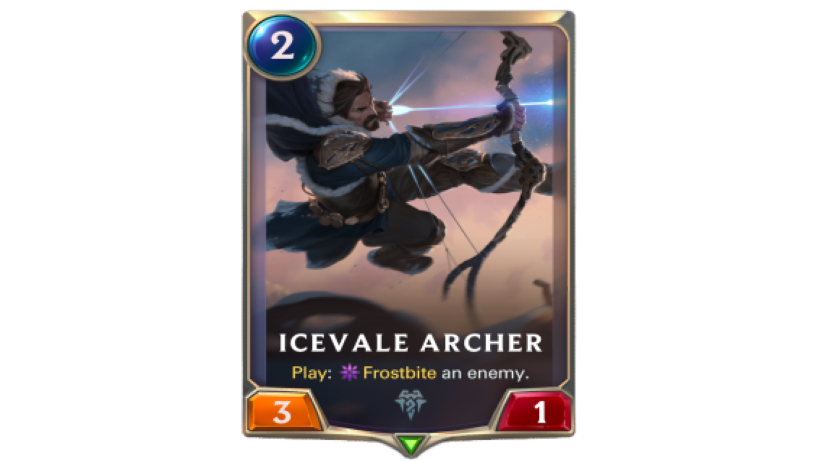
Freljord’s key mechanic is Frostbite, which sets an enemy unit’s Power to 0. This means they will deal no damage to a unit, or your Nexus, if they attack. You can then combo this Frostbite debuff with a card from your deck which deals extra damage to enemies afflicted with it. For example, the Rimefang Wolf instantly kills a unit with 0 Power and can choose which enemies it faces off against thanks to the “Challenger” keyword.

Many Freljord cards grant you extra mana gems at the start of each round, which allow you to play stronger cards earlier in the game. This means you can land big hits on enemies with slower decks and force them to find an answer, hemorrhaging their plans in the process.

When it comes to Freljord Champions, they’re a mixture of serious offensive power, strong sustain and crowd control.
Ionia
Ionia’s units are focused on outwitting opponents with tricksy mechanics like re-summons, recalls and stuns. If you’re a beginner, then you’ll likely find Ionian decks some of the hardest to play given their complexity.
Ionia is also home to Elusive units, a keyword which means they cannot be blocked by non-elusive units. Essentially, enemies will need to use spells or find other ways of clearing them off the board. If they don’t find a way, they’ll stick around and likely cause trouble for you later down the line.

We’d say Ionian decks are one of the most versatile as they are a real mixture of mechanics. You’ve got everything from stuns, to barriers to big buffs. Here’s a few examples of what you’ll be working with:
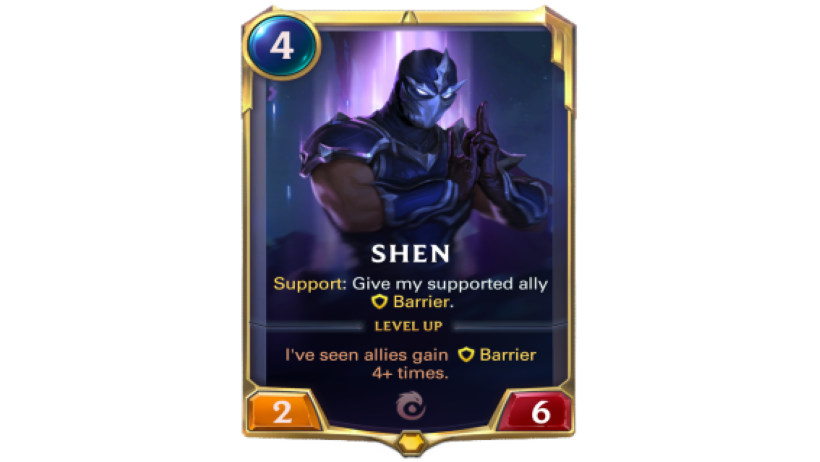
Two of the Ionia Champions are incredibly offensive, while the other two support their allies with barriers and spells.
Noxus
Noxus units are all about playing aggressive and overpowering your enemies with overwhelming power – even if it means hurting yourself in the process.
If you’re familiar with Hearthstone, Noxus decks are your “Aggro Decks”. We’re talking damaging your own units to buff them (or others), stunning enemy units, outright destroying them if they’re below a certain power threshold, and forcing others into fighting you, even if they don’t want to.
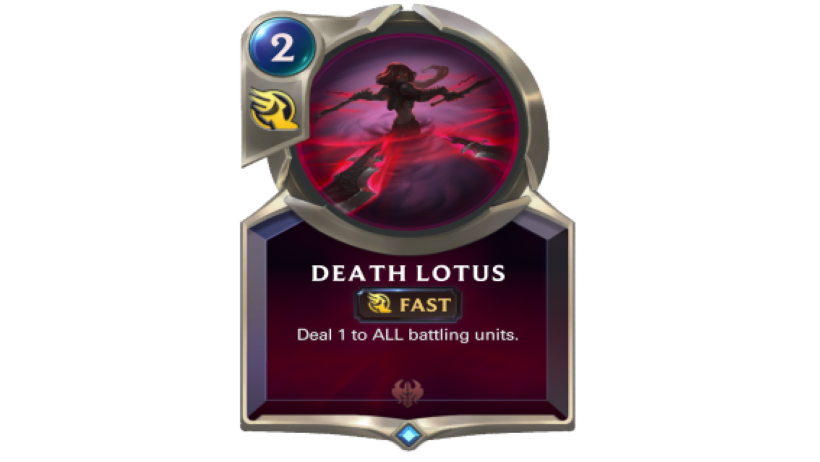
An example of Noxus synergy comes in the form of Death Lotus and Crimson Curator. Death Lots is a spell which deals 1 damage to all battling units. Crimson Curator creates a random Crimson unit in your hand if it survives damage. So combo the two together for some free Crimson cards!

Another example of Noxus’ aggression are its low cost, high power units. Legion Grenadier is a 2 mana, 3/1 which deals 2 damage to the enemy Nexus when it dies. It’s a low cost card which you can trade into a higher cost enemy unit, and it deals some bonus Nexus damage on top – nice.
Noxus’ Champions are just as powerful as you’d expect. Vladimir starts off as a 5 mana 5/5 who deals 1 damage to every attacking ally and 1 damage to the enemy Nexus whenever he attacks. If 6 of his allies survive damage, he levels up and gains Regeneration, meaning he’ll regain all of his life at the beginning of his turn.
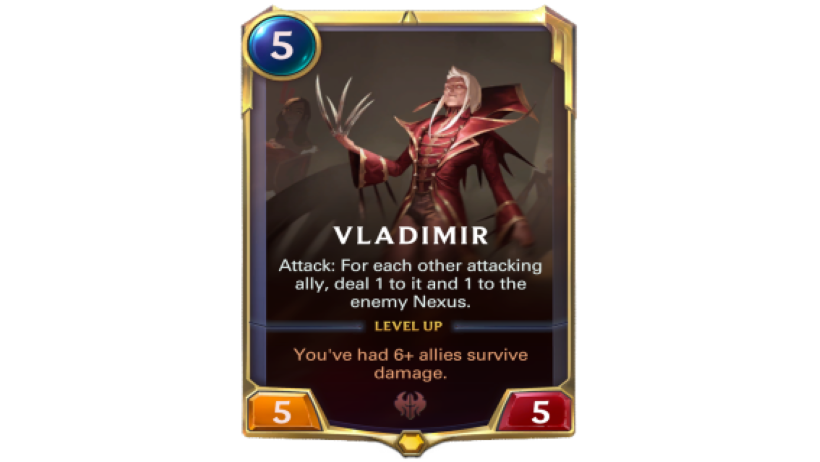
This means you can combo Vladimir with units who buff themselves after being hurt, or those who summon after surviving damage. This’ll create huge board pressure and will force enemies to deal with Vladimir or else.
Piltover and Zaun
Piltover’s primary selling point is its spells, which can buff units, deal chain damage to enemies and reduce their cost, among many other things too. Of course, there’s plenty more than just spells, with quite a large emphasis on summons. Many cards from this region grant benefits when they’re summoned into battle.
For example, if you summon the Unstable Voltician, he’ll gain +4|+0 and Quick Attack if you’ve cast a 6+ cost spell this game. This’ll transform him from a 5 mana, 4/4, to a huge 5 mana 8/4 unit.

Big spells which would grant him this buff include the likes of Unlicensed Innovation, a 6 mana spell which summons a 6 mana, 5/5 Illegal Contraption.
Summon the Eager Apprentice into battle and you’ll refill your spell mana, which could make for a game changing play in the late game.
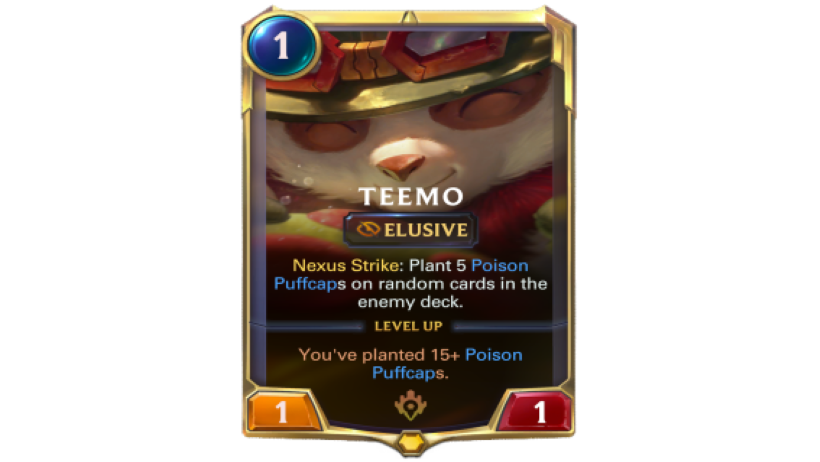
Piltover and Zaun’s Champions are all pretty unique, with Heimerdinger able to summon turrets and Teemo able to plant damaging mushrooms in the opponent’s deck.
Shadow Isles
The Shadow Isles region isn’t only spooky, but focuses on sacrificing units for strong benefits. Some may come back to life with even greater stats, summon plenty of small units, or even draw a few cards to get you back in the game.

It’s main mechanic is Last Breath which triggers upon death, for example the Hapless Aristocrat is a 1 mana, 1/1 which summons a Spiderling.
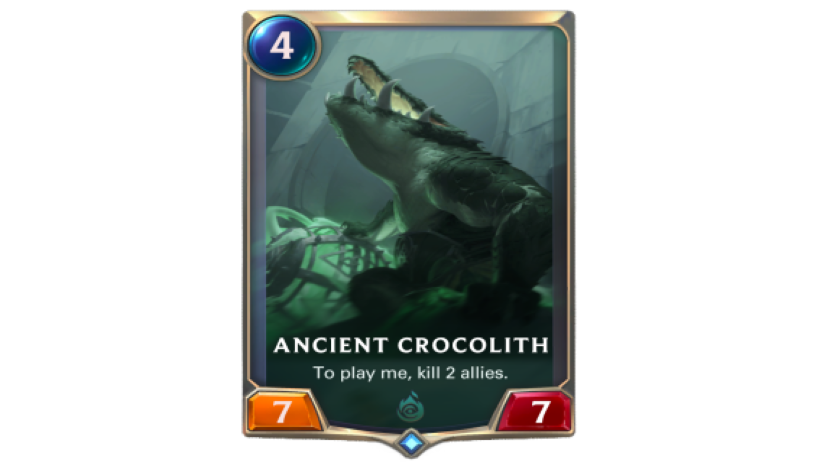
The Ancient Crocolith is an example of strong early game potential. It’s a 4 mana, 7/7 but in order to play it, you’ll need to kill two allies. Thankfully you’ve got plenty of cards which destroy your own. For example, when you play the Chronicler of Ruin, it’ll kill an ally, then revive it. The Ethereal Remitter also kills an ally when played, but it’ll also summon a random follower from any faction that costs 2 more.
Hold the 10 mana, 5/5 Scuttlegeist in your hand this whole time? Well, it’s ability reduces its cost by 1 for each ally that dies in the game. This means you could play it pretty early on if you’ve been regularly sacrificing your allies.
The Shadow Isles Champions all play into the summoning, dying and buffing playstyle.

Take Thresh, he’s a 5 mana, 5/5 who recovers 1 life whenever he sees an enemy die. Once he’s seen 3 die, he’ll level up and gain the ability to summon an attacking champion from your deck or hand when he attacks. Finally, he’s got the Challenge ability which means he can choose which enemy unit blocks. Couple this with his recovery potential and he’ll be a menace to clear off the board.
That concludes the first iteration of our regions guide, but we’ll be sure to update this page if Riot updates things in the future. Stay tuned for all the latest!
